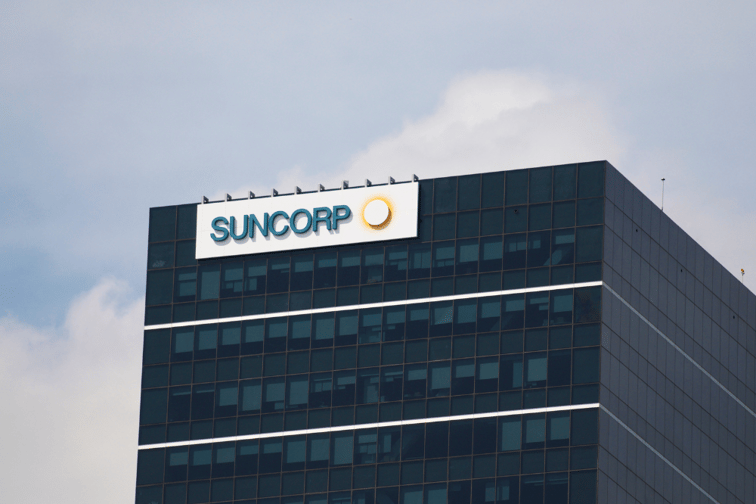

The initiative aims to encourage homeowners, builders, and governments to prioritise home resilience. It puts into practice Suncorp’s One House prototype launched in 2021 to show how practical and accessible features, such as ember guards and cyclone mesh screens, can make homes stronger and safer.
“We see first-hand the impact extreme weather has on people’s lives, livelihoods, and our broader society and economy,” said Bernadette Norrie, head of Suncorp, GIO, and Vero. “Right now, we are working around the clock to help thousands of Australians clean up and rebuild after the devastating East Coast floods and storms. That’s why we continue to advocate for practical ways to help reduce the physical, emotional, and financial damage of extreme weather.”
Suncorp, which has been helping customers and communities in Queensland and NSW following the catastrophic flooding, recently found that eight in 10 homeowners showed little interest in spending to make their homes more resilient to natural disasters. Particularly:
The houses on Resilience Road had 15 upgrades, ranging from $200 for a weather seal installation on an external door to $6,000 for Crimsafe screen installation to stop wind-driven projectiles.
“We took the lessons from our One House partnership with James Cook University and the CSIRO, and then worked with builders and suppliers to determine what upgrades could be done to better protect the families next time they face extreme weather,” Norrie said. “While these upgrades are not a silver bullet to avoiding extreme weather, it is all about helping protect homes and the Australian way of life by lessening the impacts.”
The launch of Resilience Road in Rockhampton came after Suncorp welcomed the federal government’s decision to fund 50% of Queensland’s resilience funding to better protect its residents from extreme weather events.
